21 Learning Center results found.
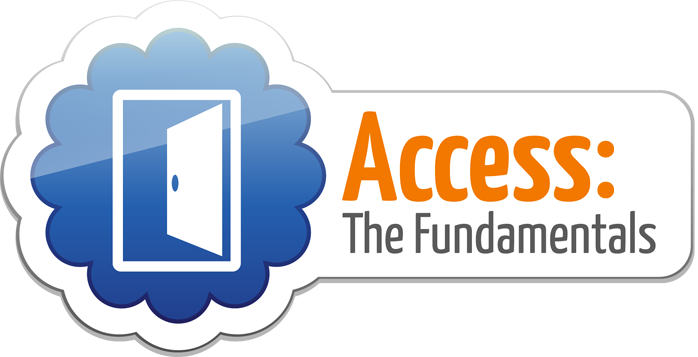
Access: The Fundamentals Module
Access: The Fundamentals is a straightforward and informative introduction to the nature of hearing loss and its implications for communication and learning in educational settings. The course also provides basic information about accommodations that can make education, employment, and other activities accessible for individuals who are deaf or hard of hearing.
about module, pepnet

DCMP Media Accessibility-Related Resources
The Described and Captioned Media Program (DCMP) is the only source of free educational videos for the 7.5 million students with disabilities across the United States. DCMP develops new technologies for the creation and delivery of accessible media, provides training for using these resources in the classroom, creates continuing education opportunities for educators, and advocates for systemic change in media production, distribution, and use.
From about dcmp

Celebrate Deaf Culture with Accessible Media
Deaf culture is the set of social beliefs, behaviors, art, literary traditions, history, values, and shared institutions of communities that are influenced by deafness. There is strength and diversity within the culture, exemplified by language, the arts, science, history, politics, and the full scope of human experiences.
about history, asl-interpreters, educators, parents
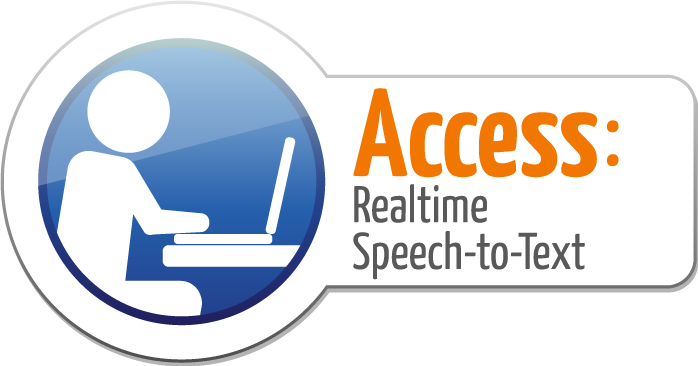
Access: Realtime Speech-to-Text Module
Access: Realtime Speech-to-Text is a comprehensive overview of realtime speech-to-text services. This course provides information about various types of speech-to-text services; including details on training, equipment needed, and hourly pay. It explains the importance of quality services and how to find and retain qualified service providers. Laws pertaining to realtime communication access are also discussed.
From about module, pepnet
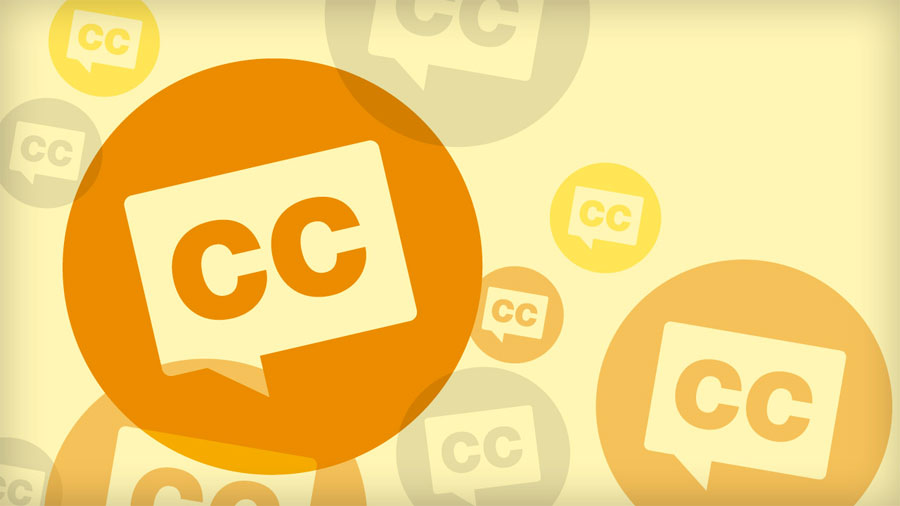
New and Emerging Technologies in Media Accessibility
When I was asked to write an article about emerging captioning technologies, my first thoughts were of
the cutting edge: high-definition television (HDTV) captions with adjustable sizes, captioned video on the
Internet, and eyeglasses that show captions to you (and only you!) in a movie theater. Then I had a
discussion with Bill Stark of the Described and Captioned Media Program (DCMP).
From Gary Robson about captioning
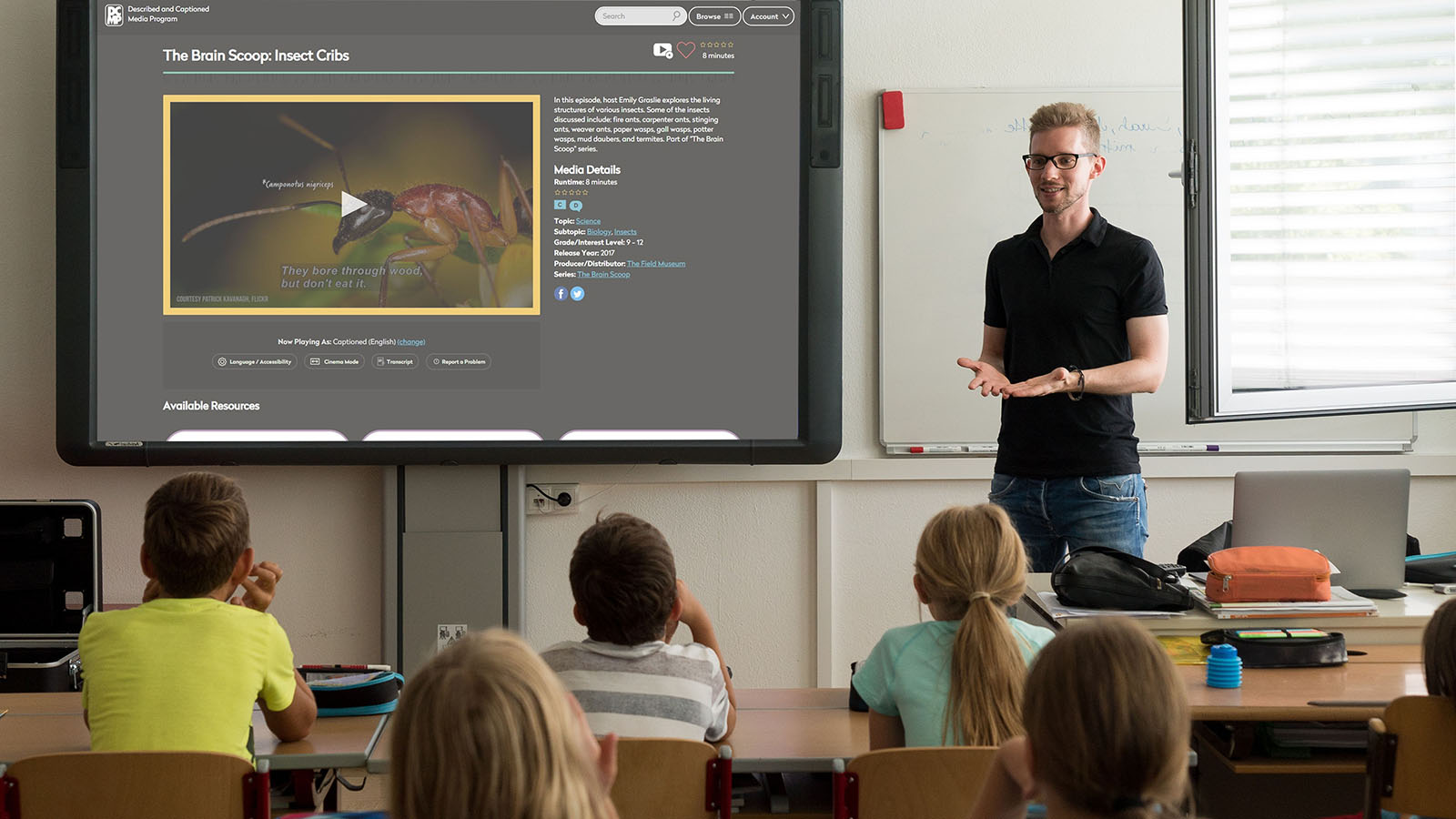
DCMP Distribution of Fully Accessible Streaming Media
DCMP partners with top educational and broadcast E/I content partners and distributors to make their content accessible and available to students with disabilities. High-quality audio description and captions are created, along with full masters, and in exchange, our partners make their content available on DCMP's targeted distribution services for schools and families who have students with disabilities. Access to DCMP is limited to qualified educators and family members who register online. Content can be secured through DRM protection upon request.
From
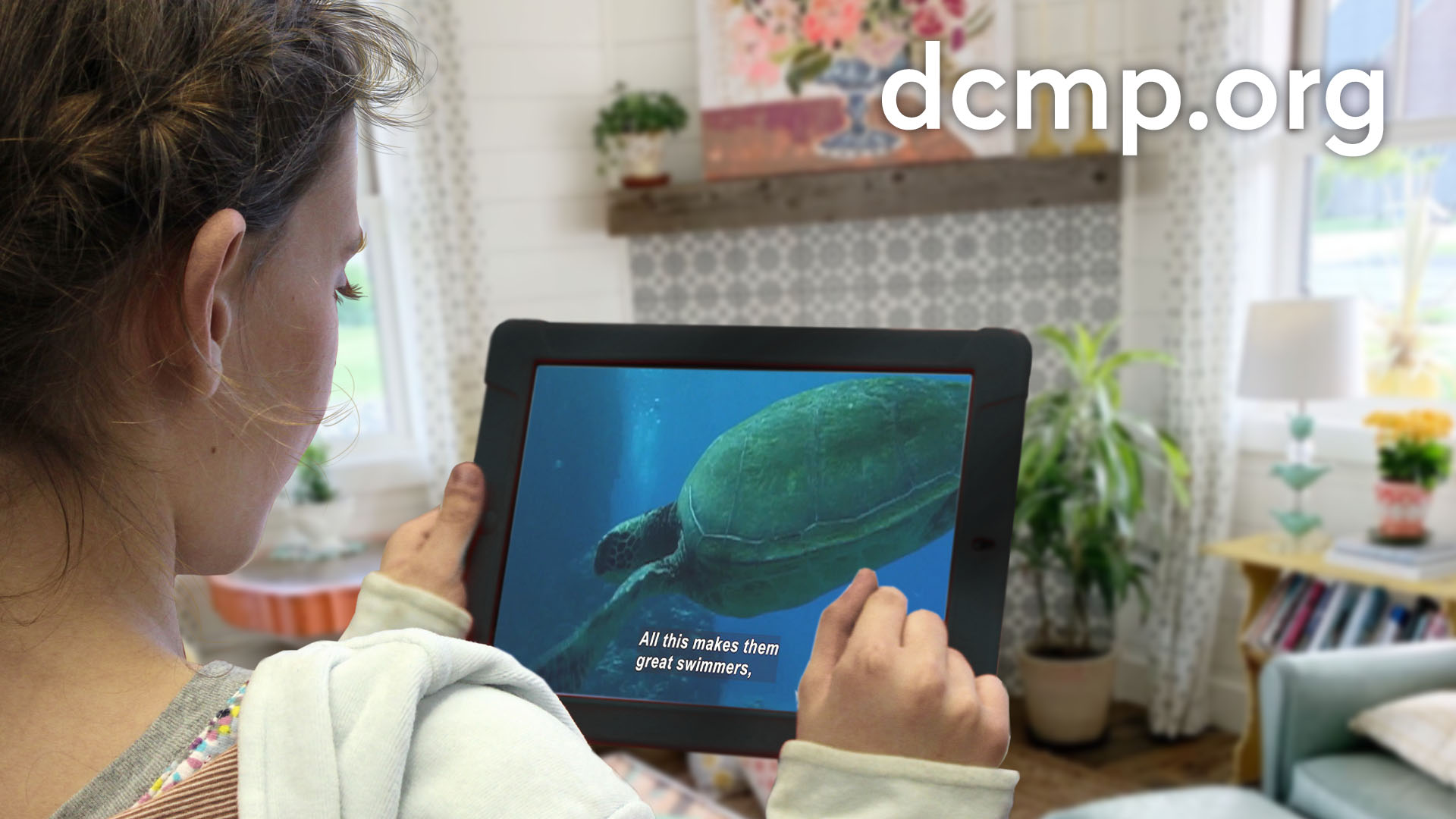
Classroom, Remote, and Hybrid Learning With DCMP Accessible Videos
Teachers and parents across the country are taking advantage of DCMP's resources for classroom, remote, and hybrid learning. For educators who have at least one student with a disability, DCMP can help ensure that educational videos are accessible for students learning in the classroom and at home.
From DCMP Help Center
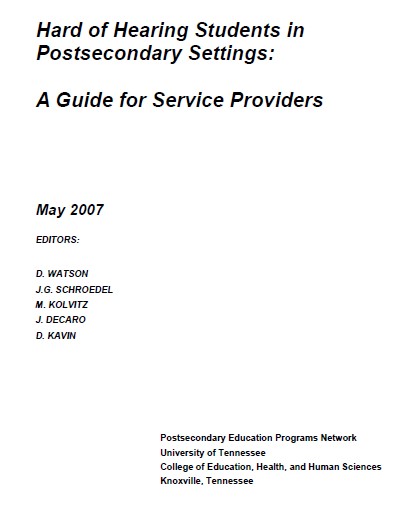
Hard of Hearing Students in Postsecondary Settings: A Guide for Service Providers
This publication provides information and resources about factors that affect students who are hard of hearing as they plan for or participate in postsecondary education and training. Students, parents, teachers, transition specialists, and other related staff may use this as a tool in the transition process. Topics include: demographic information; implications for service delivery; transition planning; vocational rehabilitation services; services and support that can be offered by a postsecondary education or training program; campus access services; and communication access for students who are hard of hearing. (Published: 2007)
about pepnet, transition
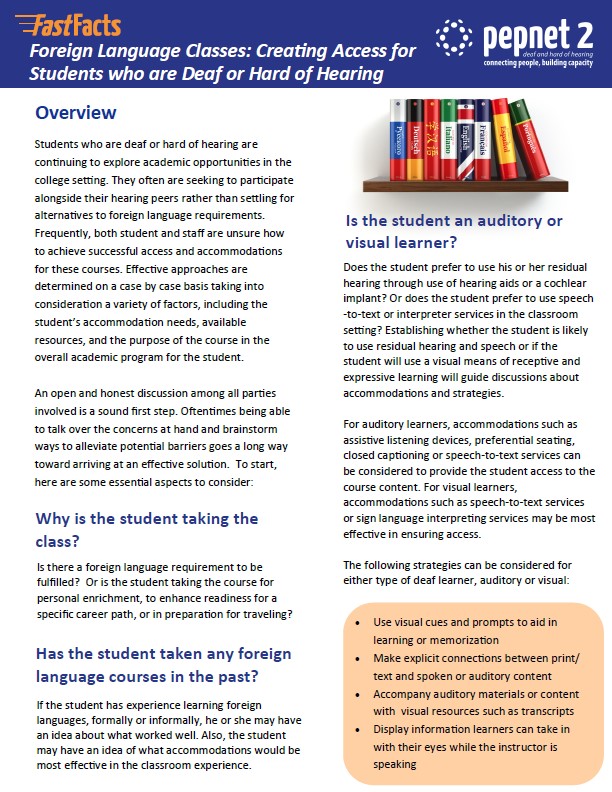
Foreign Language Classes: Creating Access for Students who are Deaf or Hard of Hearing
Students who are deaf or hard of hearing are continuing to explore academic opportunities in the college setting. They often are seeking to participate alongside their hearing peers rather than settling for alternatives to foreign language requirements. Frequently, both student and staff are unsure of how to achieve successful access and accommodations for these courses. Effective approaches are determined on a case by case basis taking into consideration a variety of factors, including the student’s accommodation needs, available resources, and the purpose of the course in the overall academic program for the student.
about fast-fact, pepnet
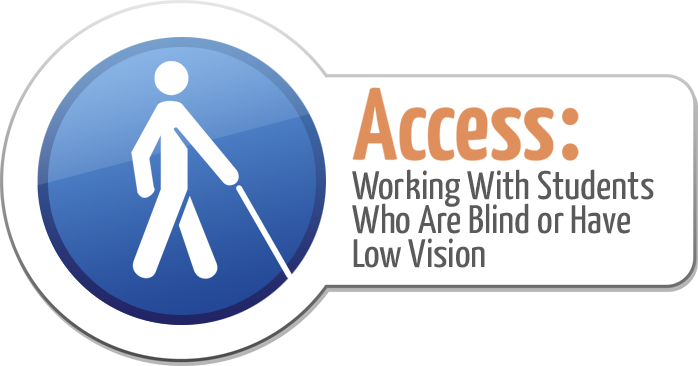
Access: Working With Students Who Are Blind or Have Low Vision
Access: Working With Students Who Are Blind or Have Low Vision Module is designed for teachers working in general education who have students who are blind or have low vision. It is meant only as an overview and will touch on some of the most important aspects of educating students who have vision loss. It will provide resources for teachers to learn more on various topics.
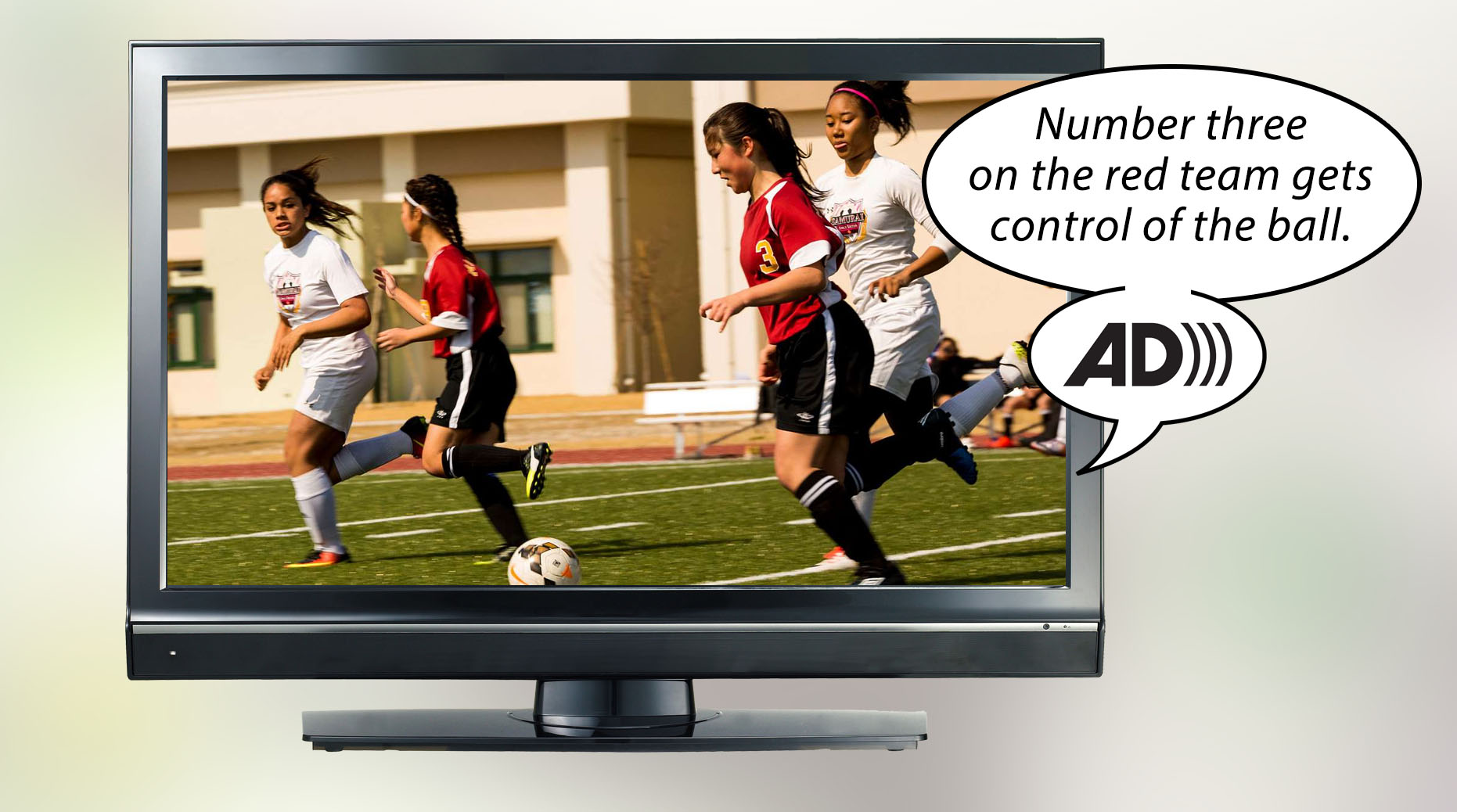
How to Access Audio Description on Your TV and Through DCMP
Television, movies, and videos are made accessible to people who are blind or visually impaired through the addition of audio description. Audio description is a secondary audio track with additional narration that describes important visual information in a video. It can be accessed in a number of ways, including through your TV remote through a button or voice controls. Instructions specific to many television providers and television sets can be found at the following link on the Audio Description Project (ADP) website:
From about description, consumers, technology, producers-and-distributors
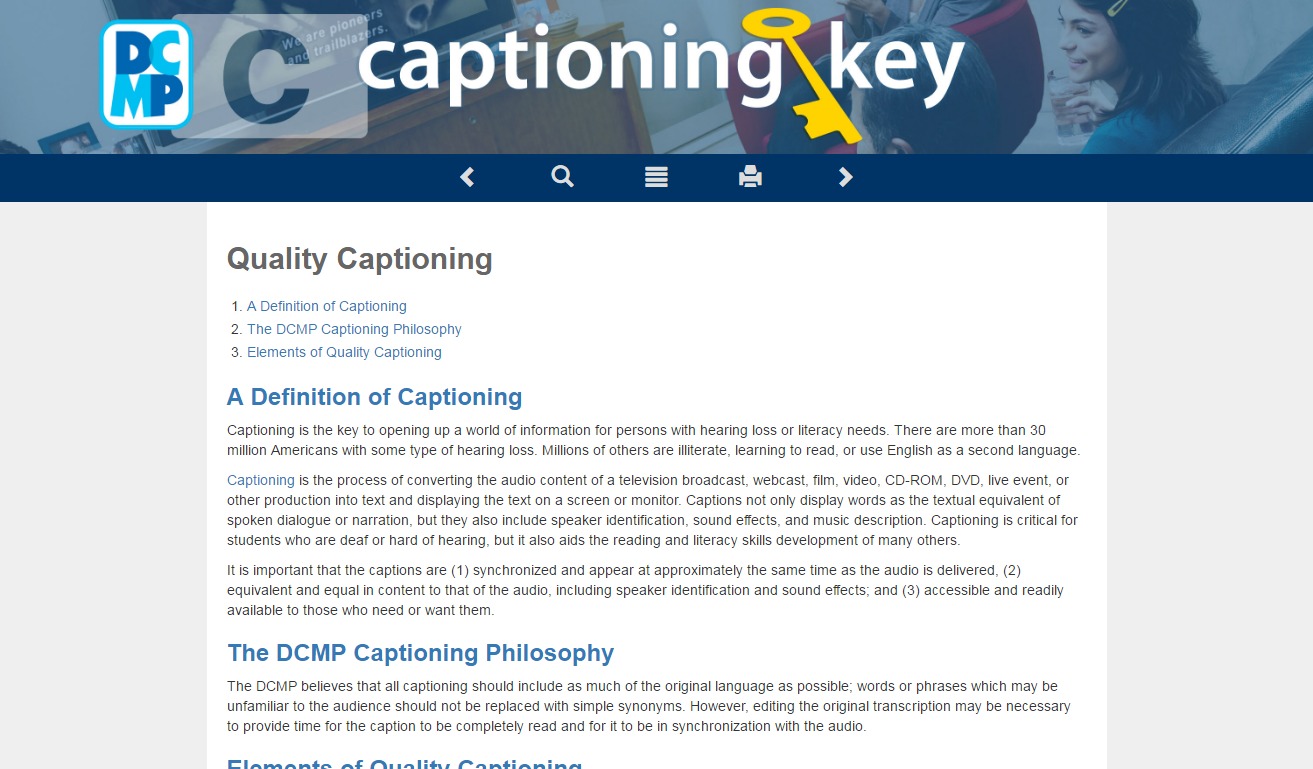
Making Captioning Perfect
As you might guess, we get a lot of kidding about our name, "Caption Perfect." Admittedly, we've
never been perfect and don't really expect to be, but our goal is to make our captions the equivalent quality to that found in the publishing world. We want to continuously improve the quality of our work, and we want clients who expect the same. Of all our clients, the National Association of the Deaf's Described and Captioned Media Program (DCMP) has held us and its other vendors to the most exacting standard, and this demand has improved the quality of all of our work. We generally follow a series of steps to make our captions the best they can be, and below is a description of the process we use for the DCMP.
From Burwell Ware about manuals-and-guidelines, accessibility-vendors, captioning